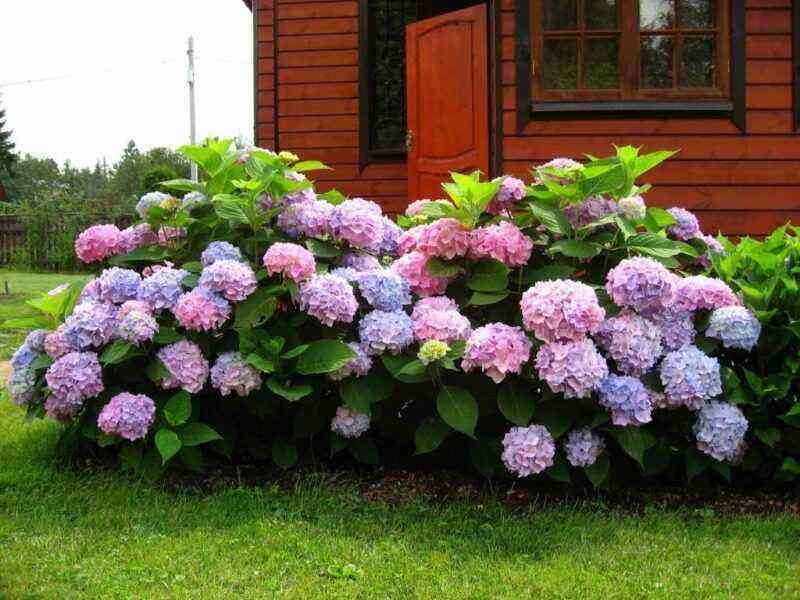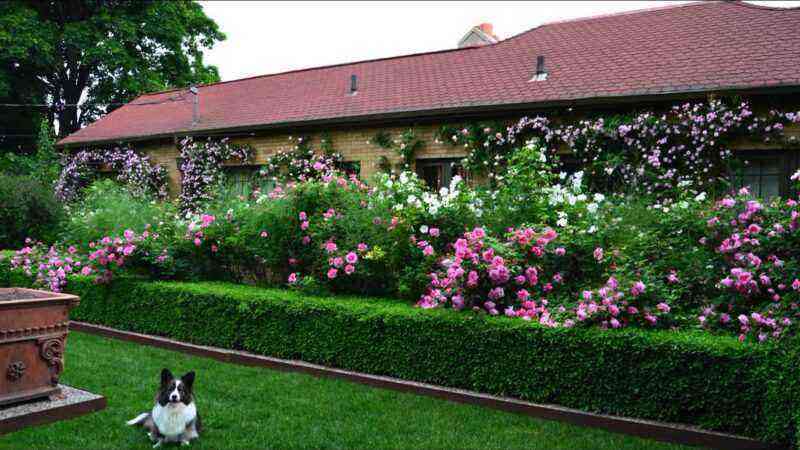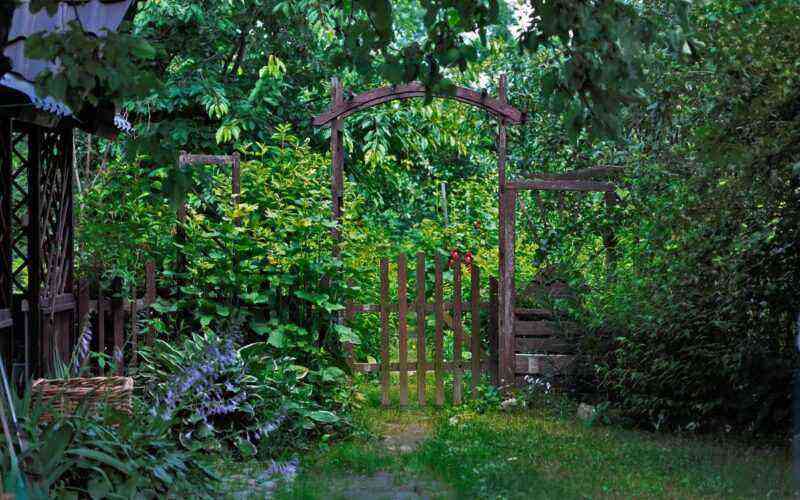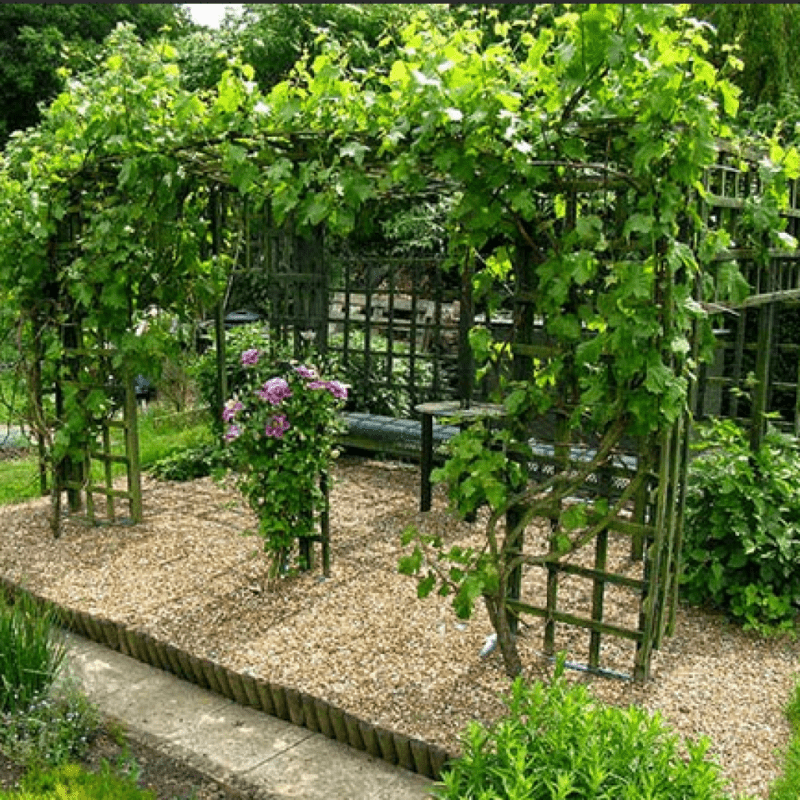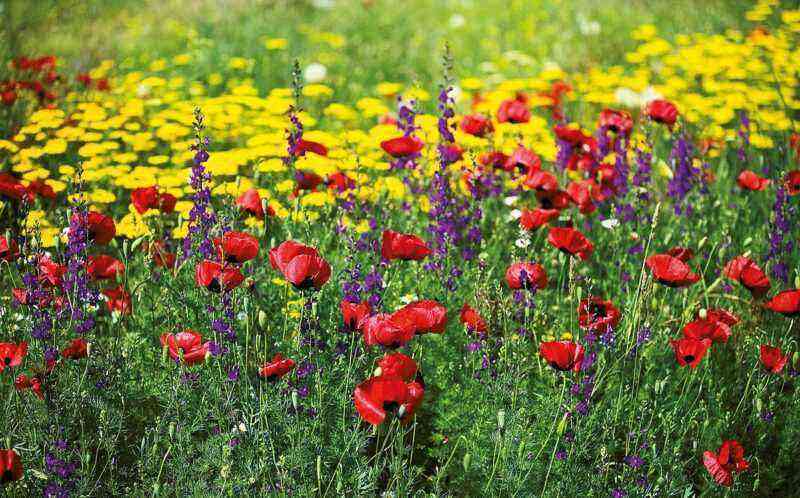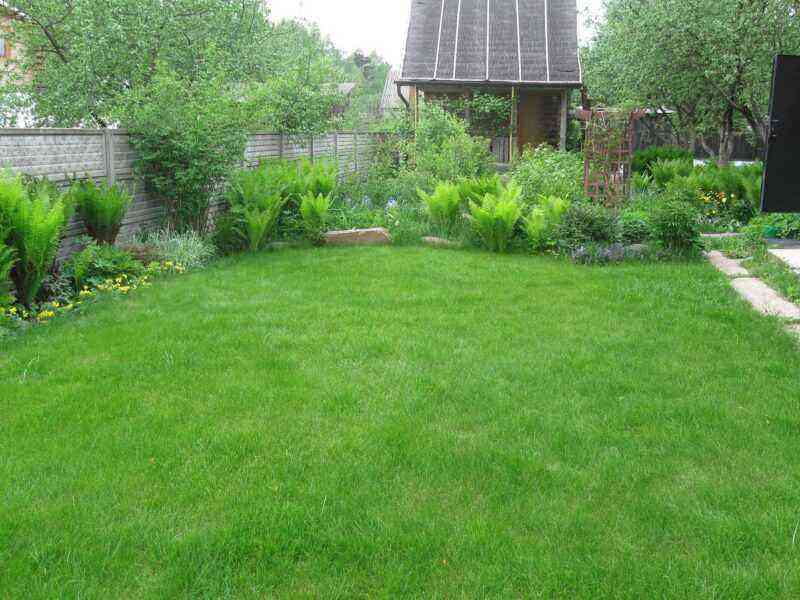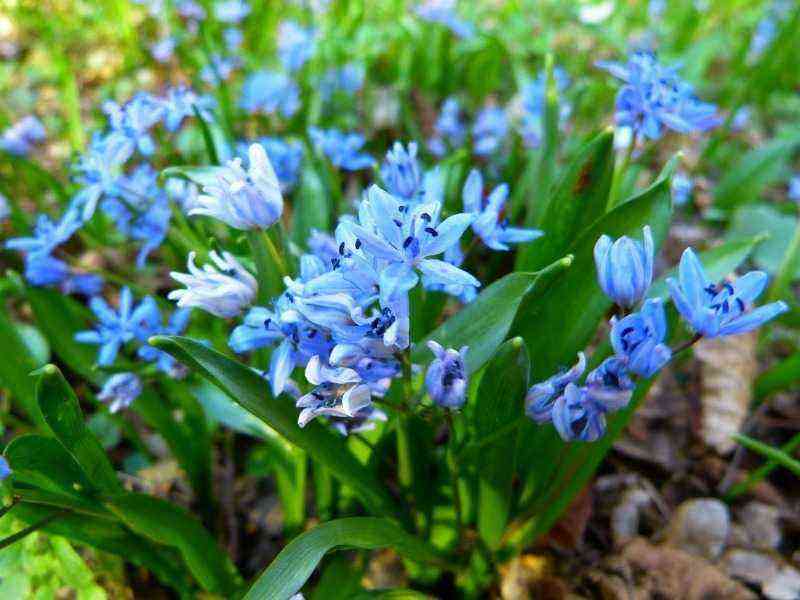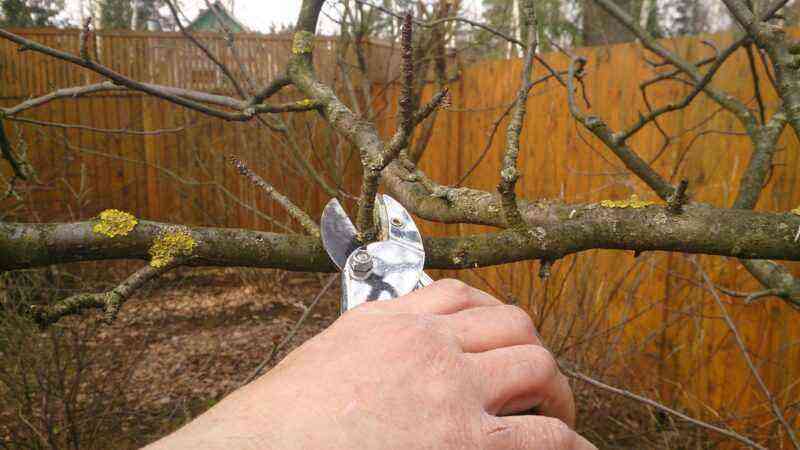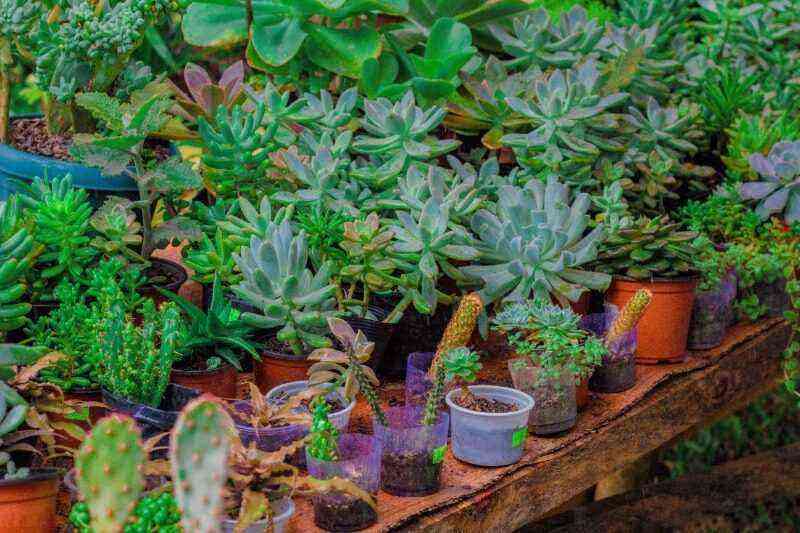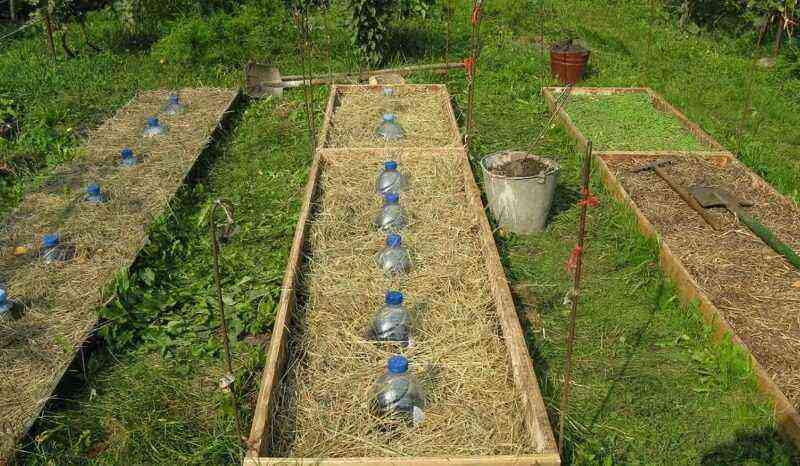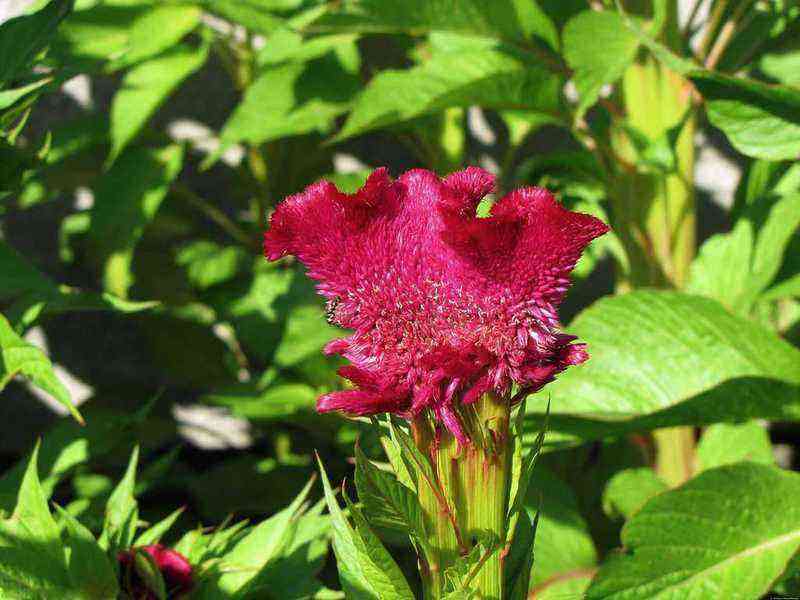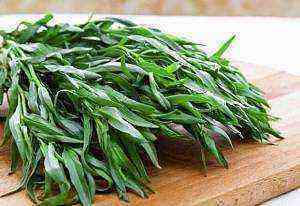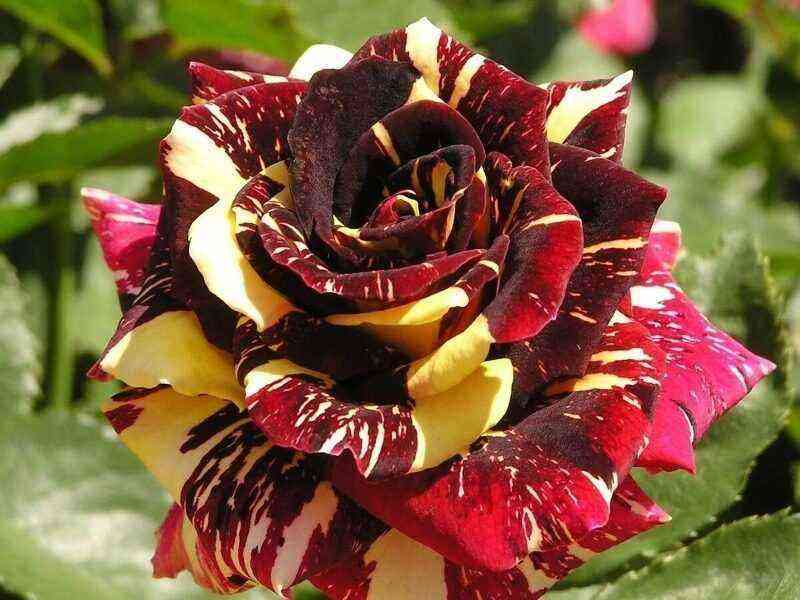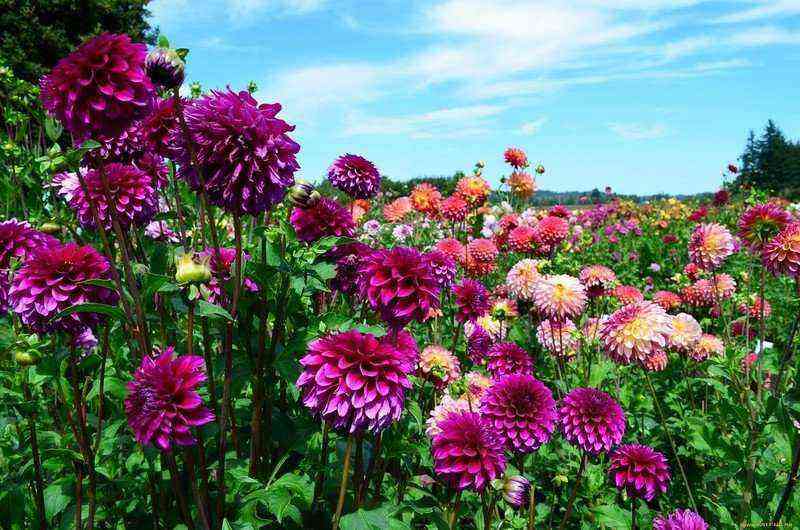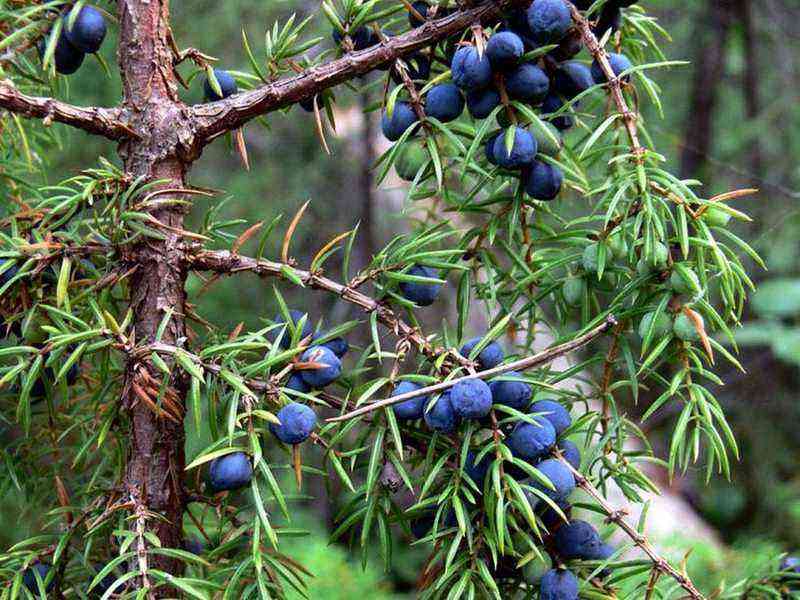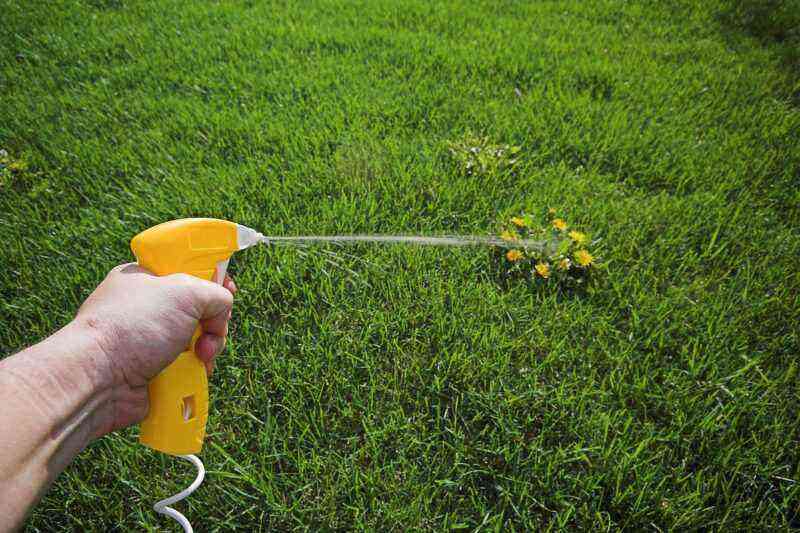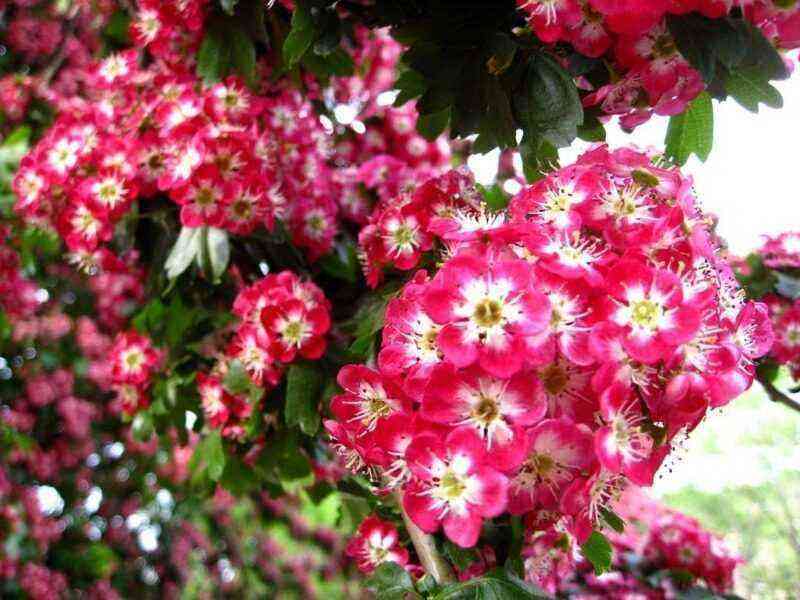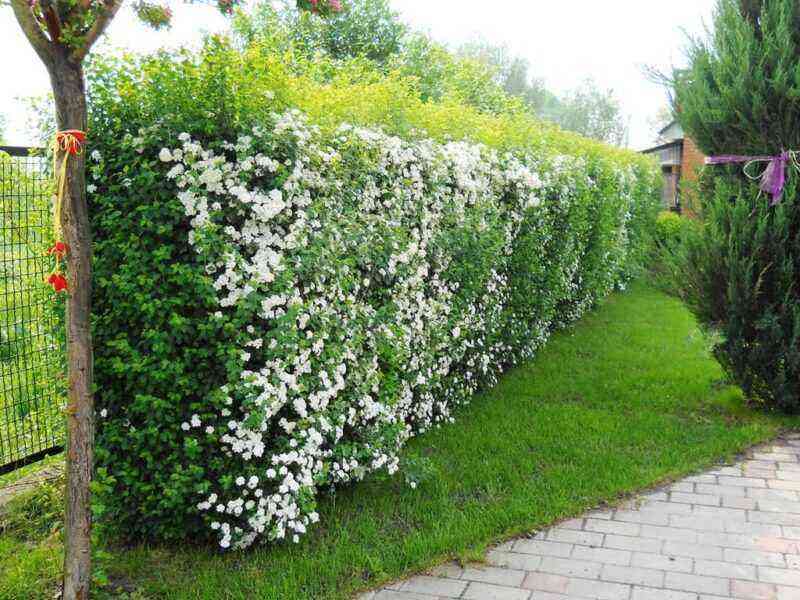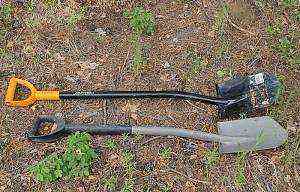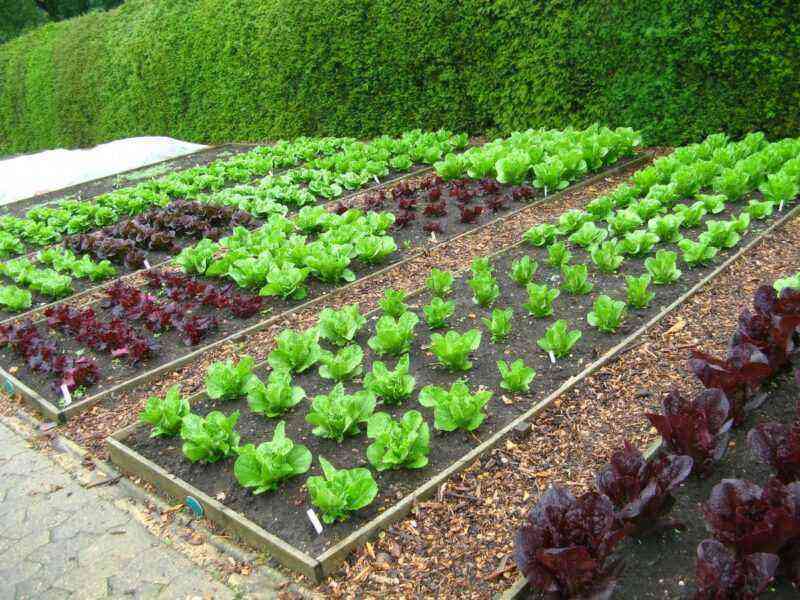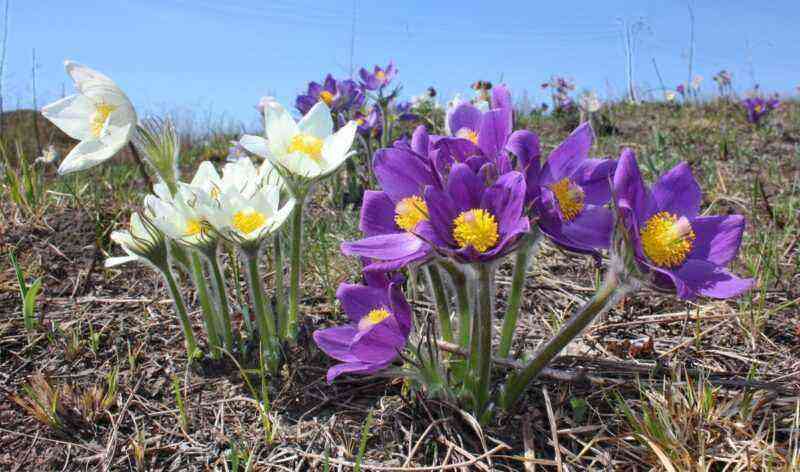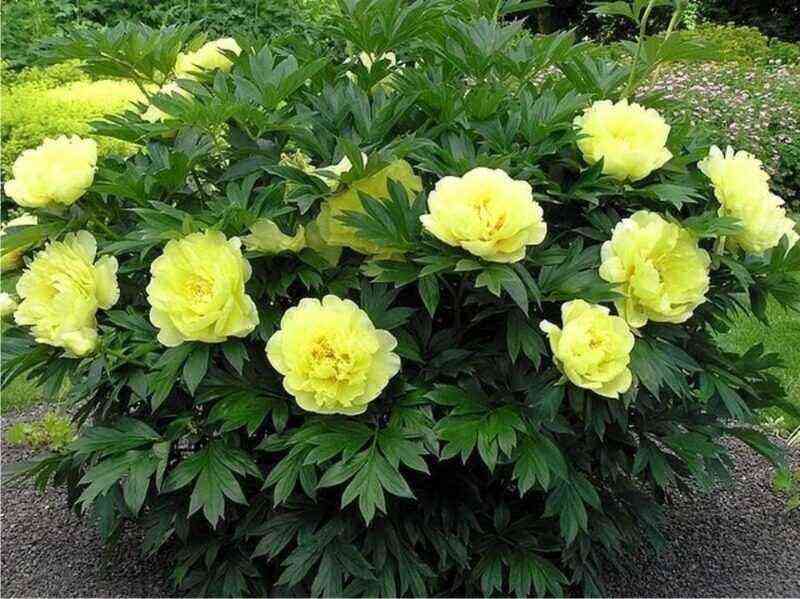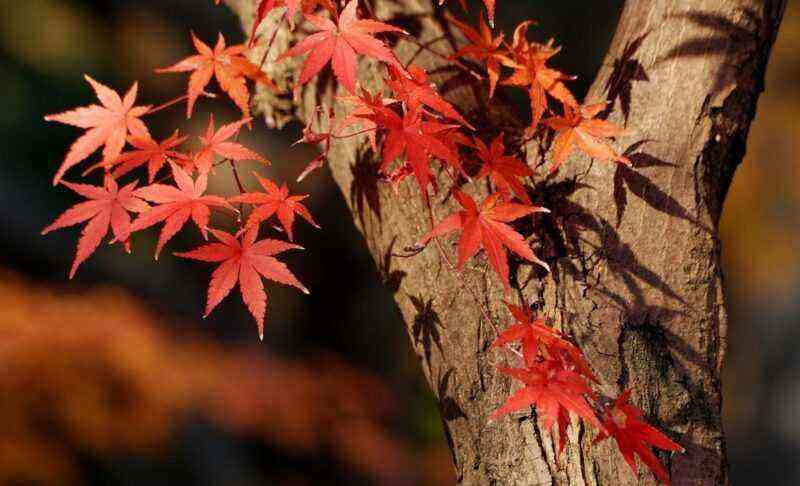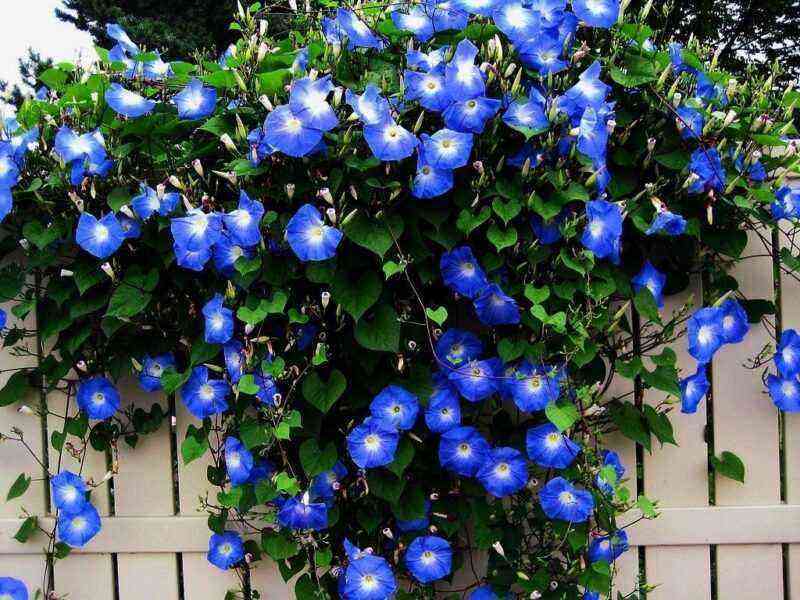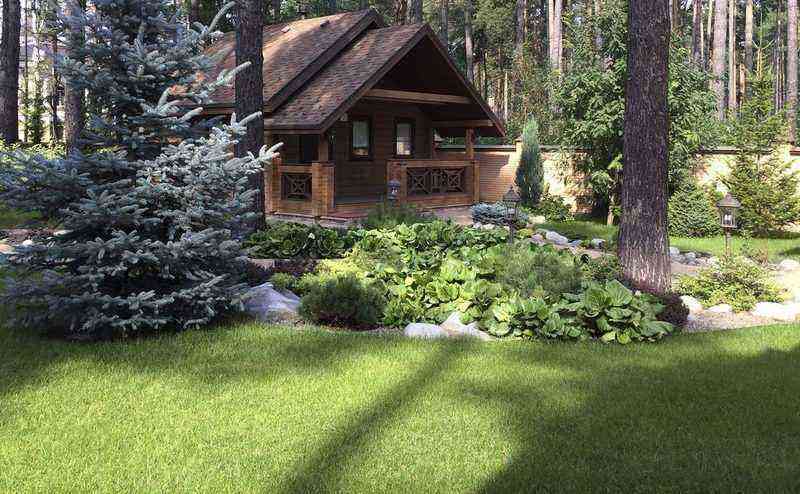Honeysuckle usually ripens earlier than other garden berries. It has a pleasant texture, delicate taste and a unique set of trace elements. And these five varieties are distinguished by special dessert qualities: they are not bitter, they have a specific flavor and a pronounced aroma, which received excellent assessments of experts.
Long-fruited
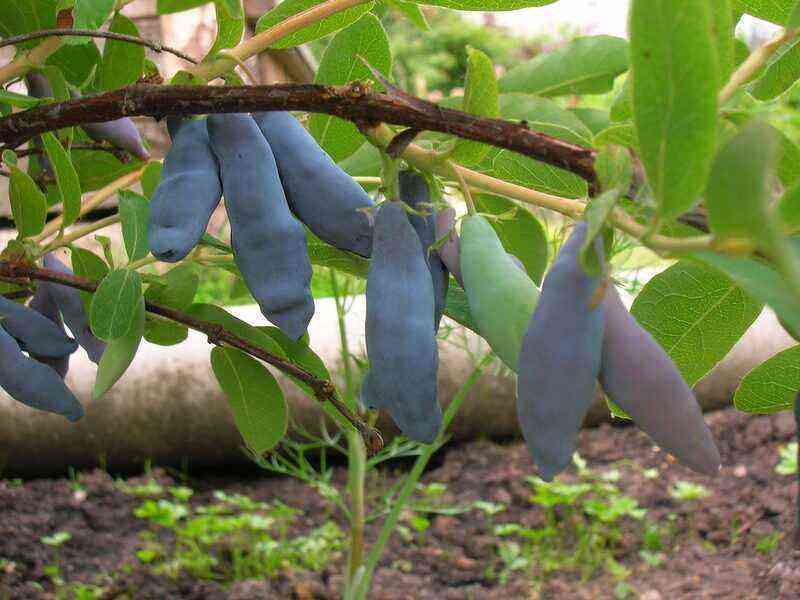
The bushes of this variety are rather spreading, with a rounded crown, curved shoots, thin and long. The plant is ideal for planting in hedges due to its dense leaves and optimal height. Long-fruited blooms with large inflorescences with shiny petals.
The berries weigh up to 2 g, they are slightly compressed from the sides, uneven, with a thin skin, cylindrical in shape. The taste was highly appreciated by tasters due to the absence of bitterness and pleasant aroma. The fruits contain many sugars and ascorbic acid. Used for making jams and juices, and also dried.
Honeysuckle ripens in June, each bush yields up to 3 kg of juicy fragrant berries, which hardly crumble. The variety is considered frost-resistant, and the crop can be harvested as early as the third year after planting the seedlings.
Blue Cliff
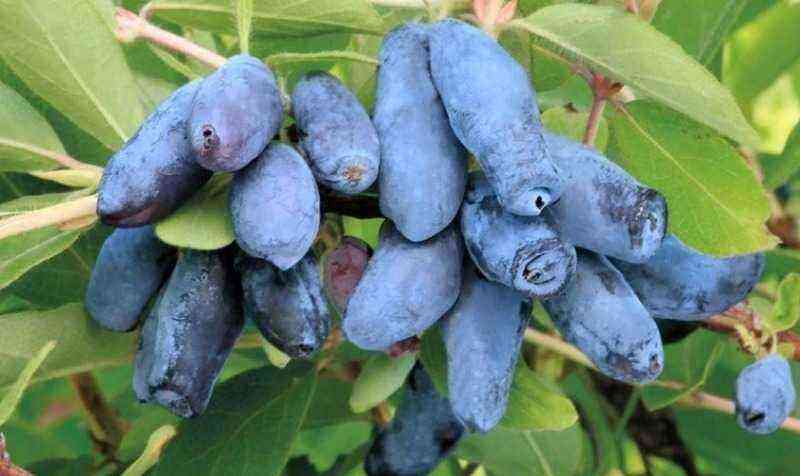
The bushes of this variety have an attractive appearance and are often planted on the site to create an effective landscape composition. A fairly compact crown also allows you to harvest without interference.
Blue Cliff is hardy and undemanding to soil composition and maintenance. However, in a hot period, it is better to water the bush so that the berries retain their taste and juiciness.
In the third year after planting, Blue Cliff already yields a certain amount of fruits, and after a few more years, up to 3 kg of berries can be harvested from one bush. They ripen amicably and actively. This happens annually in June, the harvest is harvested within a month. The pulp of the fruit is rich in trace elements and vitamins, the taste is very original and changes depending on the climate. In the south, the berries are noticeably sweeter, but in the middle lane, the content of ascorbic acid in them increases.
Tomichka
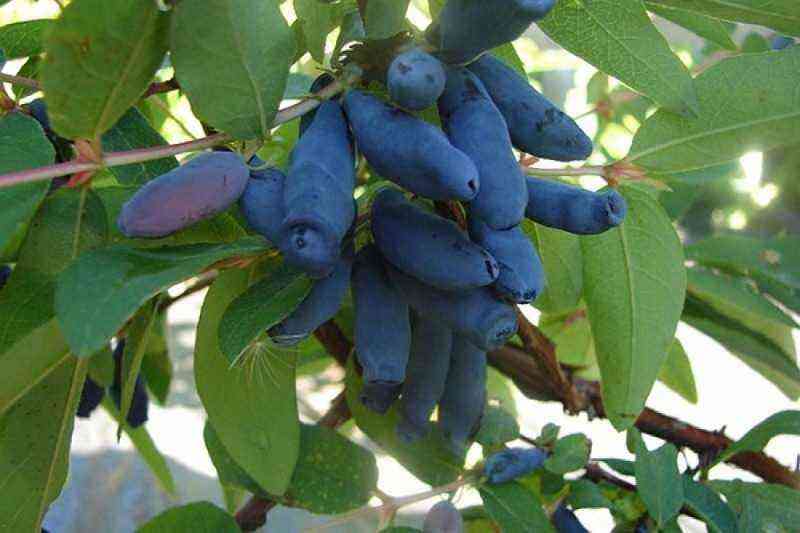
Tomichka’s bush does not exceed human growth. At its base, the branches are tightly pressed against each other, and at the top they diverge and bend. Leaves are slightly pubescent, oval in shape, with a pronounced tip. Tomichka blooms with greenish inflorescences, which are almost invisible against the background of overgrown foliage.
The berries of this variety differ from other varieties in their amazing configuration. Their upper part is noticeably compressed, and the lower one is widened, which makes the berry look like a miniature jug. In addition, the fruits have a bumpy surface and thin skin, they are large enough, each weighing almost a gram. When ripe, the berries acquire a dark purple color and a noticeable waxy coating. They have a wonderful delicate taste, wine is tinted with honeysuckle juice, and the pulp is used for filling in confectionery and raw.
Tomichka is perfect for a temperate climate. She has successfully passed tests for frost resistance even in the Siberian regions. The root system and shoots of the plant are able to tolerate significant frosts without any problems, therefore, in the cold season, the bushes are usually not covered.
It is recommended to plant a pollinator next to the specimens of Tomichka. Turchaninov’s honeysuckle hybrids are best suited for this purpose. The soil for plants should be loose and well moistened, preferably loam and sandy loam. In the southern regions, it is necessary to water the plantings often and abundantly. About 2,5 kg of berries are obtained from one plant per season. It is important to harvest the entire crop on time: ripe fruits quickly begin to crumble.
Yugana

This variety is one of the youngest, it has appeared on summer cottages already in the current millennium. The diameter of the Yugana crown is more than 2 m, and the height of the trunk is one and a half meters. In spring, the bush is covered with charming flowers that attract bees and other insects to the garden. The berries ripen annually. Yugana is famous for long-term fruiting and excellent quality of fruits that can be harvested at the end of June.
The berries of this variety are simply delicious: large, 2 g in weight, dark blue or dark purple, with a waxy bloom. The shape is elongated, pitcher-shaped. The taste is highly appreciated by experts: Yugana received 5 points on an international scale. Honeysuckle juice cleanses the body of harmful substances and lowers blood pressure. The pulp goes into preserves, jams and compotes.
Harvesting is carried out in several stages. Even ripe fruits hang on the branches for a long time, ripening and acquiring their wonderful taste. They have a dense skin, and when shaken off, the berries do not fall apart, so they are usually harvested mechanically.
The bush bears fruit for up to 30 years, it is frost-resistant and does not require special conditions for placement and maintenance. Over the summer, up to 6 kg of fruits are removed from the plant. Yugana can produce a crop without pollinators, but it is still better to plant several specimens of such varieties nearby.
Ussulga
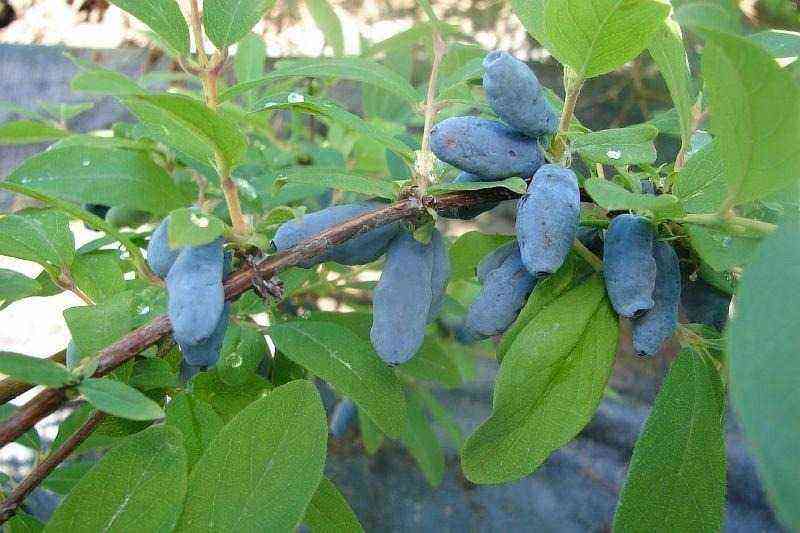
One of the most promising varieties of honeysuckle. Ussulga forms a bush almost 2 m tall, rather compact in shape, with straight, slightly pubescent branches and leathery leaf blades. The plant is considered decorative due to the shape of the shoots and the matte shade of oval leaves. In the garden, it is usually placed along the fence.
The fruits are large, oval, with small tubercles, thin skin and waxy bloom. They ripen together, have a pleasant sweet and sour taste and a delicious aroma, highly appreciated by tasters. You can collect about 5 kilograms of selected berries from a bush.
Ussulga bears a harvest annually. Ripening dates are mid-early. The variety is resistant to drought and frost. Prefers light soils with good oxygen access. Due to its simplicity, excellent yield and low shedding of fruits, Ussulga quickly gained popularity among gardeners.
